Description
Flowers usually produced when the tree is leafless.
In spring the tree is covered in large cup-shaped red flowers to 20 cm diameter and these are filled with copious nectar.
Although each flower only lasts for one day they are visited by numerous birds seeking the nectar.
Birds have been observed to get drunk on the fermenting nectar!
The numerous stamens have red filaments and are tipped with black anthers.
The fruit is a brown capsule to 15 mm long, filled with numerous black seeds that are covered in fine silky hairs.
New leaves usually do not appear until flowering is over.
It grows best in areas where annual daytime temperatures are within the range 28 – 42°c, though it can tolerate 5 – 49°c
It can resist occasional light frosts, with new growth being killed at -1°c, but dormant growth being tolerant down to -3°c
Grows best in a sunny position.
Prefers a deep, rich, well-drained soil, but tolerating a wide range of conditions.
The plant can commence flowering when around 8 – 10 years old from seed.
Young trees can be coppiced, but older trees will often fail to grow back after being cut down.
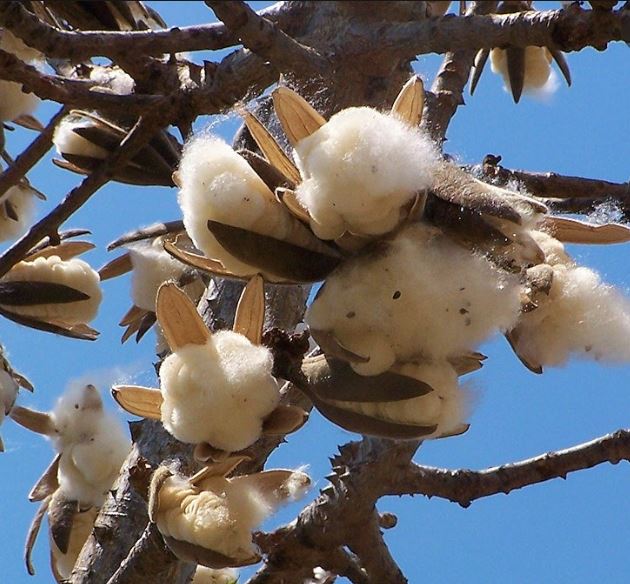
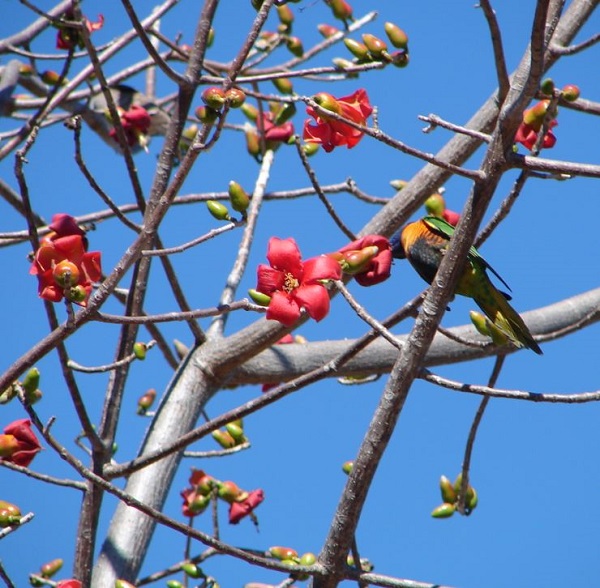
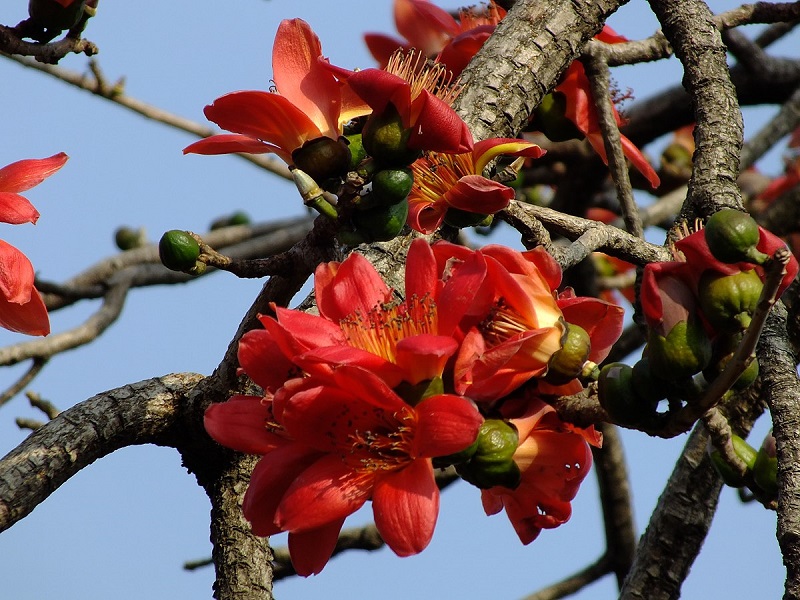
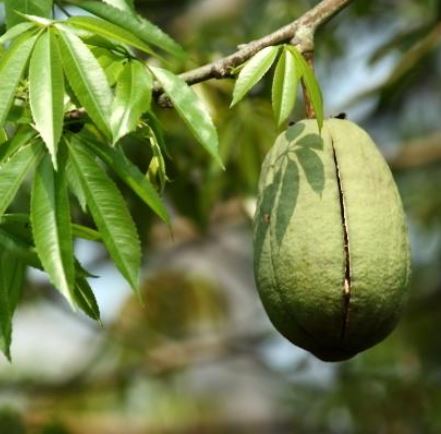
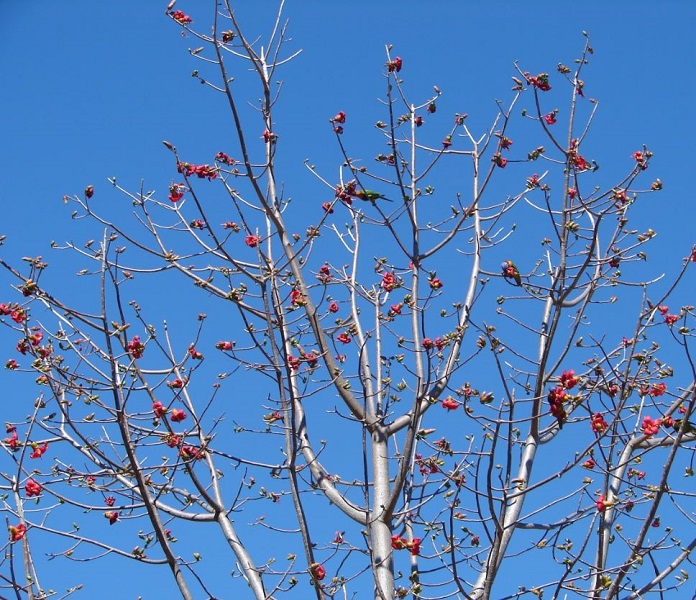

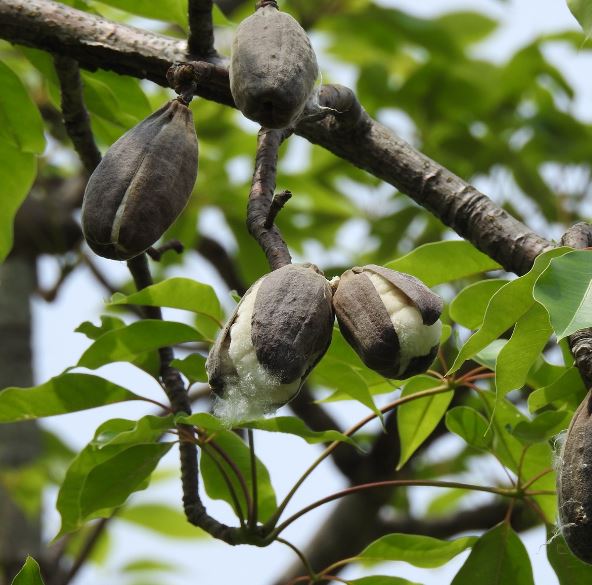



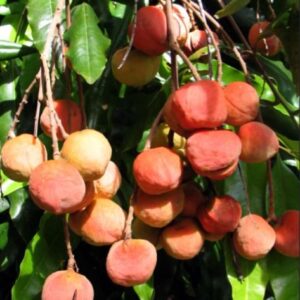
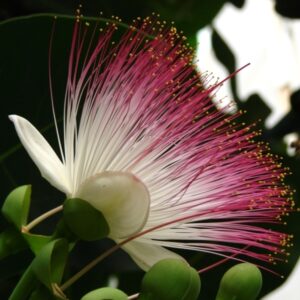
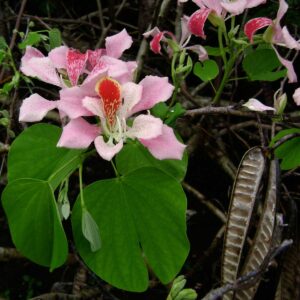
Reviews
There are no reviews yet.